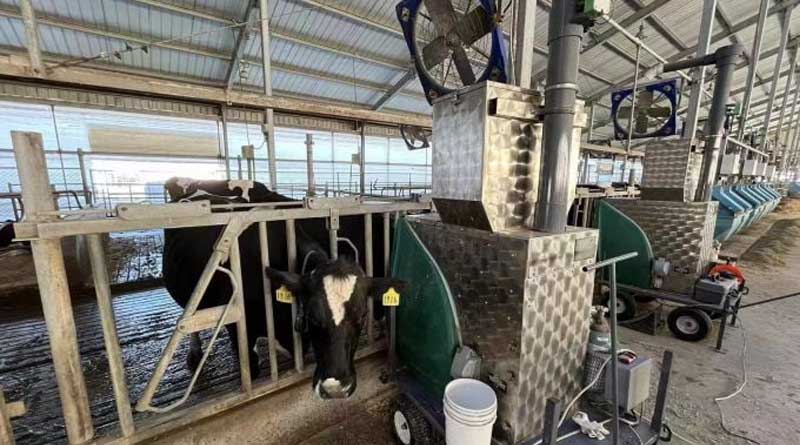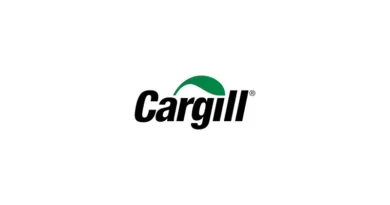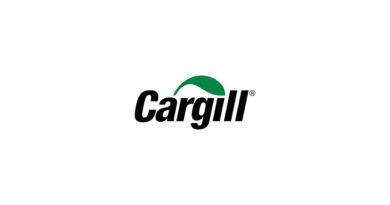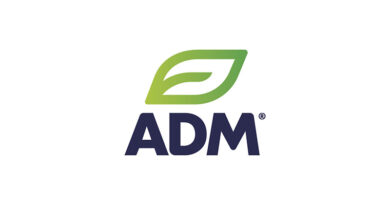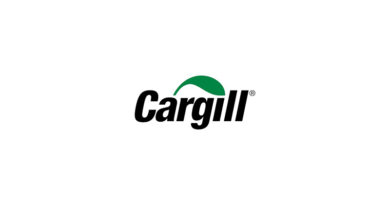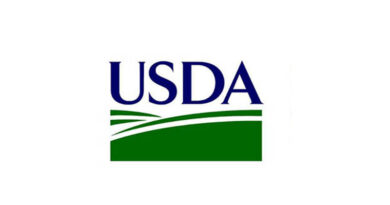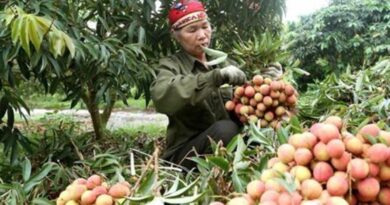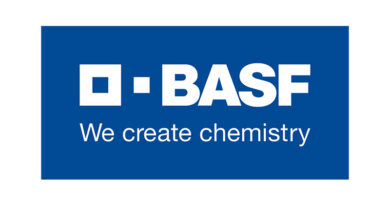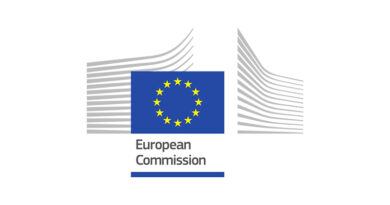Cargill Technology Application Center: Leading Methane Emission Reduction Innovation in China
19 April 2024, China: Agriculture continues to be called to reduce greenhouse gas emissions. What is key to accomplishing and supporting this collective mission? Innovation. Innovation fuels the industry’s ability to successfully achieve sustainability goals – including reducing methane emissions. Yet to be successful, digital technologies, feed additives, feeding strategies, farm management and more, must work together in partnership.
Innovation is a key pillar in Reach4Reduction™ – Cargill Animal Nutrition and Health’s (ANH) ruminant emissions reduction platform – that works with farmers around the globe to develop sustainability plans and implement solutions to support their sustainability journey. At Cargill, we investigate feed additives, technologies, and strategies that enable farmers to enhance productivity and reduce emissions.
Cargill’s Technology Application Center (TAC) in Bazhou, China, is a dairy research facility that plays an important role in Cargill’s ruminant methane emission reduction strategy, leading sustainability innovation. The China TAC evaluates various technologies, additives, nutritional strategies and digital solutions to measure and understand their impact on methane reduction. With a vision to design the future, demonstrate success, and deliver the promise of methane emission reduction, China dairy TAC leverages partnerships and third-party validation to put feed additives, technologies, feeding programs and software to the test, to deliver solutions and China industry standards for methane emissions.
Building industry-leading partnerships
In 2022, Cargill’s China TAC developed a partnership with China Agricultural University (CAU), a university that founded modern and advanced agricultural education in China. Today, after years of development, CAU is a recognized, multi-science research university, based in biological and agricultural engineering.
Together, CAU and Cargill’s China TAC developed a plan, called the Carbon Reduction Project, to support China’s carbon reduction goals set forth in September 2020, including carbon peaking by 2030 and carbon neutrality by 2060. The project aims to design the future of sustainable farming, demonstrate success, and deliver on the promise to reduce carbon emissions, by leveraging Cargill’s global and local capabilities, experience, and connections together with CAU’s resources to develop and investigate promising emission reduction solutions.
Partnering for success
As a first step and in partnership with Professor Li, the Chief Nutritionist of the China Dairy industry, Cargill’s China TAC and CAU teams evaluate multiple ingredients and additives’ impact on methane emissions in Professor Li’s lab. This includes measuring the amount of methane created in the rumen for each feed ingredient and testing numerous additives for their ability to affect methane emission reduction. Additives range from probiotics, phytogenics, to those that redirect hydrogen in the rumen, and seaweeds which can block the process of methanogenesis.
After measuring and understanding each additive’s impact on methane reduction in the lab, the next step is to validate their collective methane emission reduction ability on-farm. The partnership of Cargill and CAU resulted in robust methodologies that allow the measurement of individual feed intake and methane emission of cows. This ensured the investigation and validation of different technologies effects on cow performance, nutrient utilization and methane production. For example, Cargill ANH used C-Lock’s GreenFeed machines to validate that SilvAir™, Cargill’s methane emission reduction solution, can reduce dairy cow methane emissions by up to 10% when incorporated into feed.
Developing China methane emission industry standards
Together, China TAC and CAU, will use these technologies in an on-farm study with dairy cattle to test multiple solutions working together with a goal of reducing methane emissions by 20%. In the study, multiple solutions like low-carbon raw materials, technologies, additives and feeding strategies will be applied simultaneously to achieve and sustain a 20% carbon reduction on a test dairy farm operation. The first-of-its-kind study aims to demonstrate how various solutions can reduce and actualize sustained emission reduction (up to 20%) on-farm when applied together.
Using these technologies and findings from the study, the TAC, CAU and Professor Li will analyze and evaluate results to transform methane emission standards in China. This is particularly important, as the TAC and CAU will deliver:
- The carbon emission standard for each ingredient in China – Understanding the base carbon emissions generated from each ingredient included in cattle diets. The insights will bolster Cargill’s global ingredient sourcing database, as a part of Cargill Nutrition System (CNS) – which provides real-time nutrient analysis of feed ingredients.
- The China life cycle assessment (LCA) tools for dairy farms – In general, an LCA is a tool to assess potential environmental impacts throughout a dairy cow’s lifetime. CAU and Cargill will outline the tools necessary to assess dairy cattle’s environmental impact in China, including methane emissions.
On March 8, 2024, nearly a year and half into the partnership, the China Agricultural University released a whitepaper titled, “Whitepaper on China Dairy in Low Carbon,” with TAC as a co-author, contributing our insight and solutions. This includes solution efficacy in-vitro and in-vivo, the dairy methane emission reduction solution landscape, and more from the lab and the controlled dairy farm methane emission reduction study.
Innovating for the future of Methane Emissions Reduction
Innovation requires partnership and cooperation across the industry. And, at Cargill, we know that a one-size-fits-all solution will not suffice for methane emission reduction. By partnering with key stakeholders like China Agricultural University and Professor Li, Cargill’s China Technology Application Center keeps China farmers – and the animal agriculture industry as a whole – at the forefront of new strategies and innovations to answer the call to reduce methane emissions now and in the future.
When you work with Cargill, you gain a partner that matches your needs in sustainability solutions, delivering on your operation’s goals. Contact your Cargill rep to learn more.
Also Read: India May Devote More Sugar to Ethanol in Blow to Export Hopes
(For Latest Agriculture News & Updates, follow Krishak Jagat on Google News)

